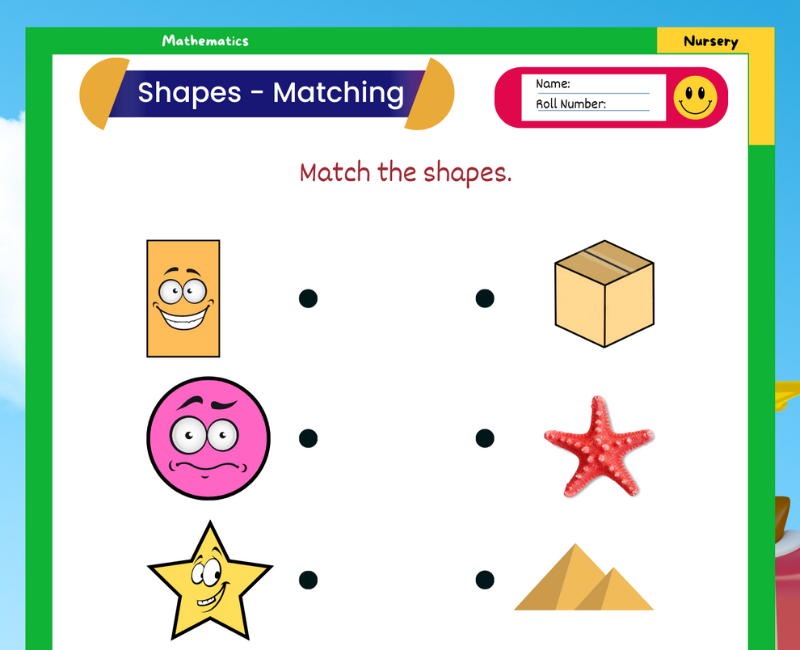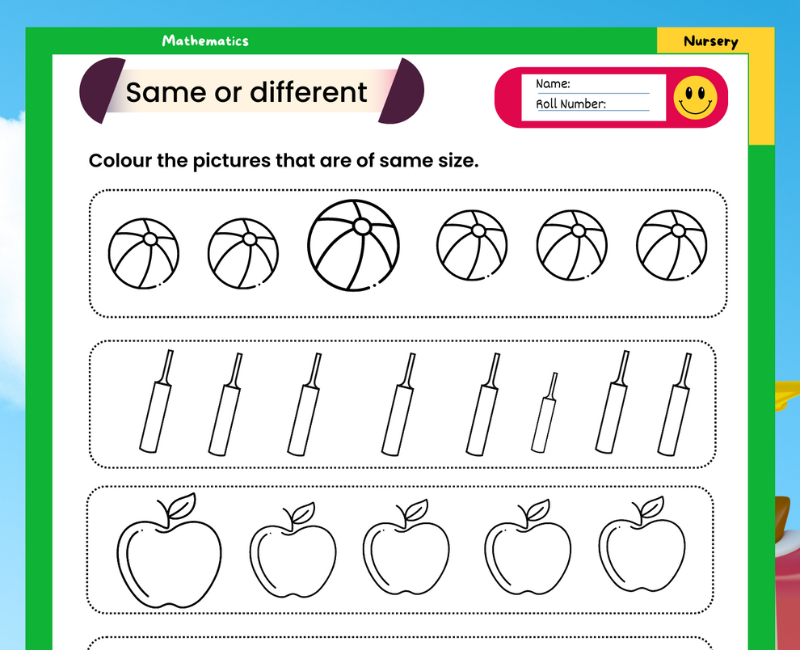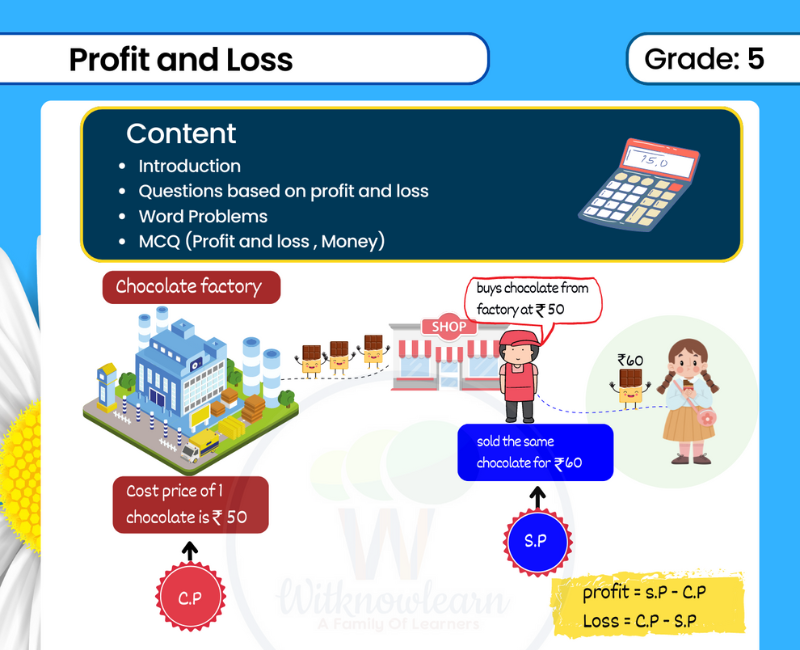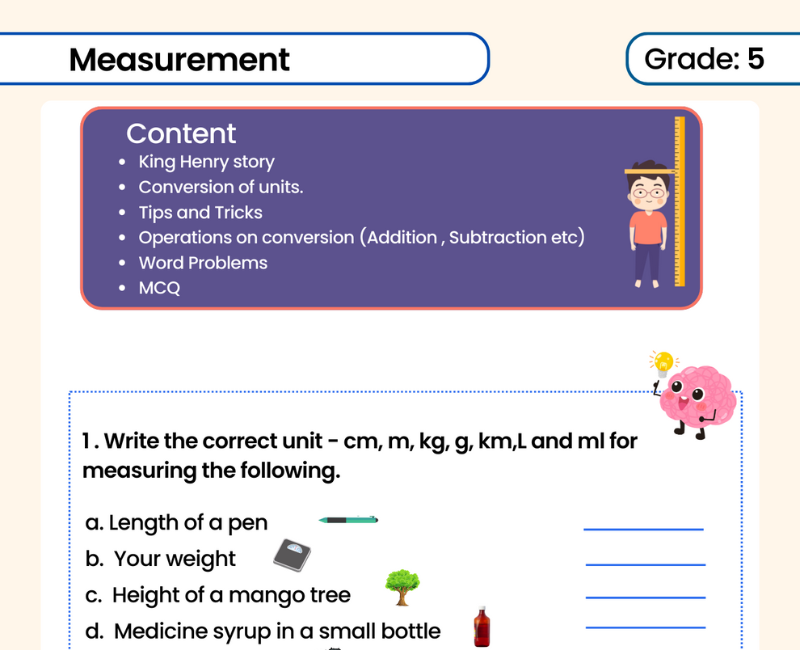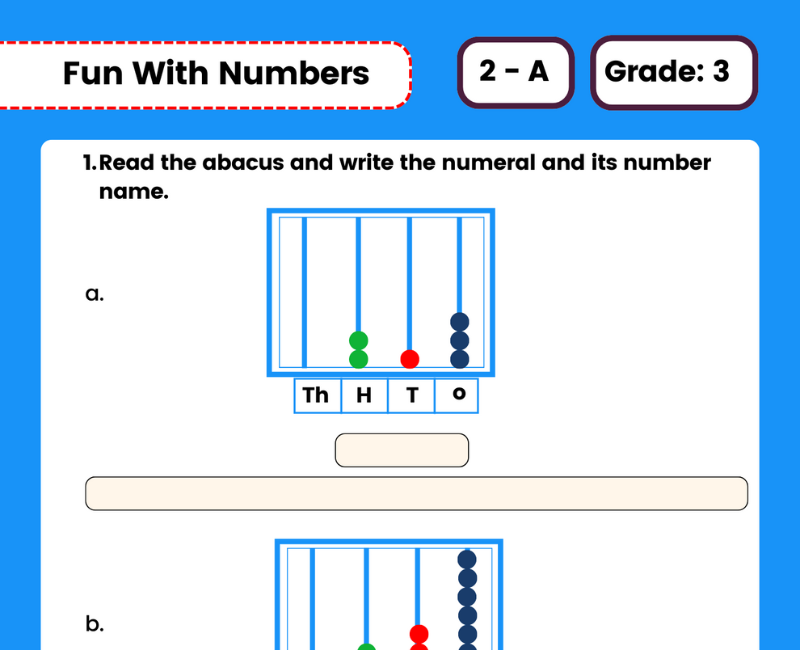Matching Shapes Worksheet for Nursery Class
Looking for the perfect tool to make learning shapes fun and engaging for your nursery kids? Look no further! Our shapes matching worksheet for nursery kids is meticulously designed to spark their curiosity and interest in geometry. Filled with vibrant illustrations and interactive matching exercises, it's more than just a worksheet – it's an adventure into the world of shapes. Whether your child is just starting to recognize shapes or looking to polish their skills, this worksheet is your go-to resource. Turn learning into an exciting journey today with our unique, kid-friendly shapes matching worksheet. Let's shape up learning!
Shapes matching worksheet for nursery kids
When it comes to early education, identifying shapes for nursery kids is a key developmental milestone. This fundamental skill aids in their spatial understanding and cognitive development. To support this learning, our specially designed 'match the following shapes worksheet' serves as an excellent tool. With a focus on simplicity and engagement, this worksheet fosters a child's ability to recognize, identify, and match various shapes.
Our matching worksheet for nursery kids is not merely a piece of paper but a passport to a world of exploration and discovery. It has been crafted to make learning fun and interactive, promoting a keen interest in geometry right from the nursery level. The vivid images and clearly drawn shapes make the learning process visually appealing, thereby capturing young minds.
Our worksheet also encourages kids to draw connections between shapes and their real-world counterparts, helping them to understand the practical application of shapes in their surroundings. With a balance of learning and fun, our 'match the following shapes worksheet' provides an enriching and enjoyable learning experience, forming a solid foundation for your child's future mathematical endeavours. Immerse your nursery kids in the exciting world of shapes today!
matching shapes with objects
Unleash the power of learning with our dynamic worksheets focused on matching shapes with objects. Designed to stimulate young minds, these educational tools encourage children to recognize various shapes in the objects around them. As they engage with these worksheets, kids learn to draw parallels between two-dimensional shapes and their three-dimensional counterparts in the real world. This not only enhances their understanding of geometry but also boosts their cognitive and problem-solving skills. Choose our matching shapes with objects worksheets to give your child a fun, interactive and enriching learning experience, bringing abstract geometric concepts to life!
Are you looking for a comprehensive matching shapes worksheet that can be a fantastic educational tool for your nursery or kindergarten class? Finding the perfect matching shapes worksheet for nursery students can be a daunting task. But, rest assured, we have meticulously designed nursery matching worksheets that are not only engaging but also aid in developing the cognitive abilities of your little ones.
Our matching shapes worksheets for kindergarten and nursery classes are designed with simplicity and accessibility in mind. These worksheets offer an incredible opportunity for children to match shapes with objects, enhancing their spatial awareness and geometry basics. Each preschool shape worksheet is curated to make learning an enjoyable journey for your child.
The activities in our worksheet nursery class are not limited to just matching shapes. We've also included number matching worksheets for nursery students, which are a great way to introduce early maths concepts in a fun and engaging way. For educators, these matching sheets for nursery provide a ready-to-use resource to ensure that every lesson is as effective as possible.
When it comes to shapes for nursery worksheet, our selection is diverse. We have a variety of shapes activities for nursery children, ranging from simple two-dimensional shapes to more complex three-dimensional ones. Our shapes worksheet for nursery class and matching worksheet for nursery class provide hands-on learning experiences to help children identify, match, and understand the different properties of shapes.
We understand the importance of the right resources when it comes to teaching shapes to preschoolers. That's why, in addition to our matching shapes worksheet, we also offer free printable matching shapes worksheets. These can be downloaded in a convenient PDF format, making it easy to have an on-the-go lesson plan whenever you need it. Moreover, our shapes matching with objects activities enable children to apply their knowledge in a practical context.
The matching shapes with objects aspect of our worksheets helps children to see and understand how shapes are present in their everyday environment. This not only improves their recognition skills but also enhances their understanding of how shapes form the basis of many objects around them.
We also offer nursery shape activities that go beyond the traditional pen and paper. These include games, puzzles, and hands-on activities that encourage children to engage with shapes in a more tactile and interactive manner. This can be an excellent supplement to our worksheet nursery maths activities, providing a holistic learning experience.
In conclusion, whether you're looking for a matching shapes worksheet, a shapes match worksheet kindergarten, or a nursery shapes worksheet, we've got you covered. Our resources aim to make learning shapes enjoyable and interactive for nursery and kindergarten students. It is our commitment to provide high-quality, engaging, and educational content to support parents and educators in their journey of teaching the young minds.
